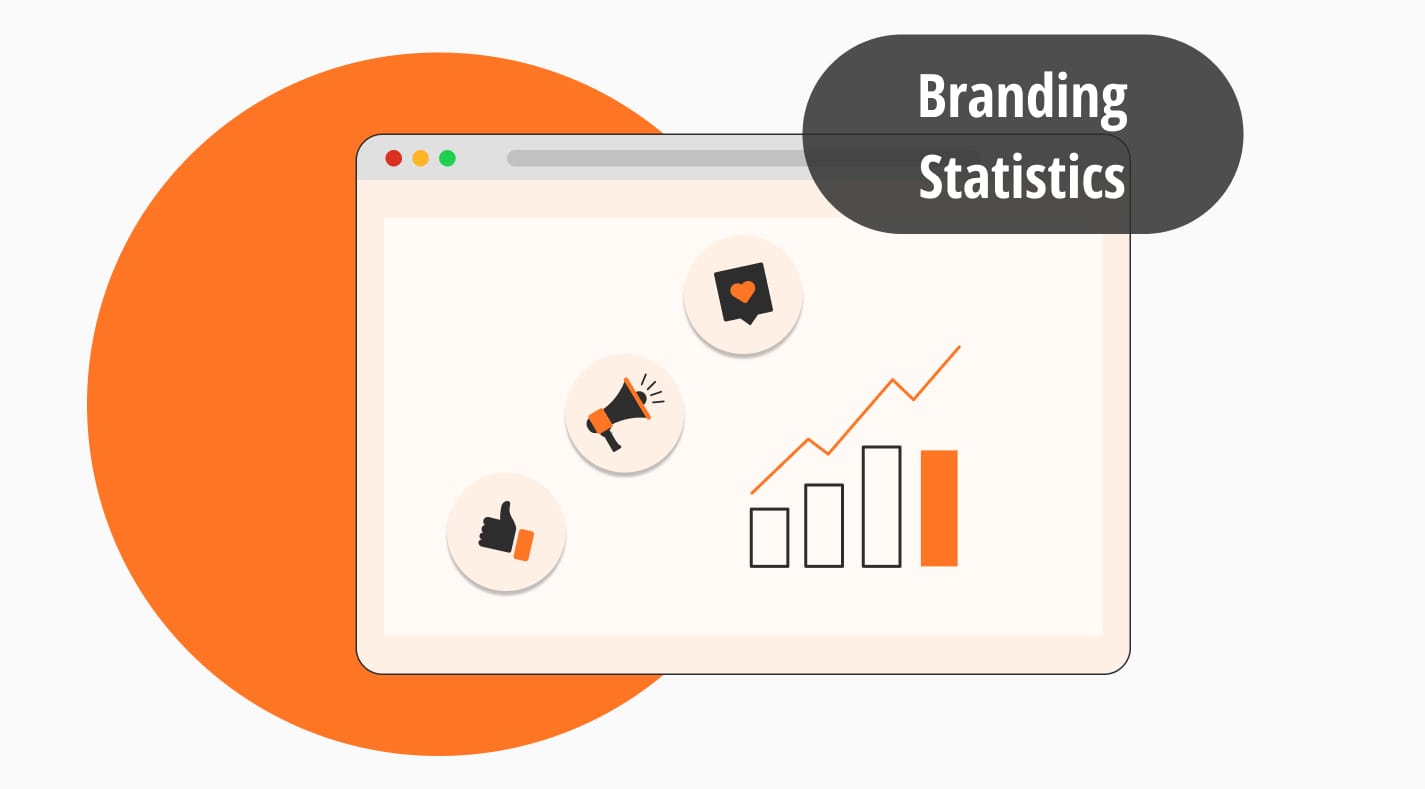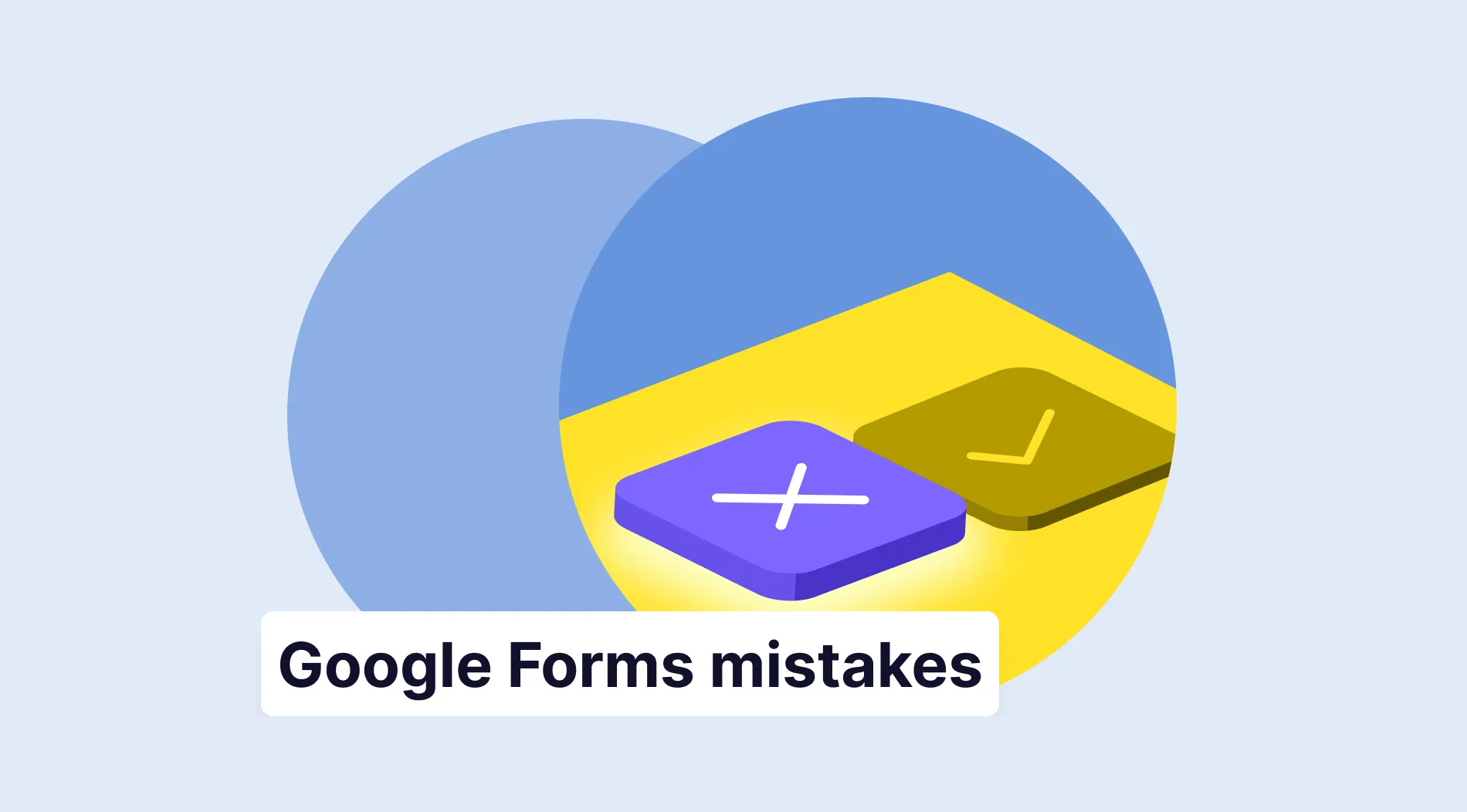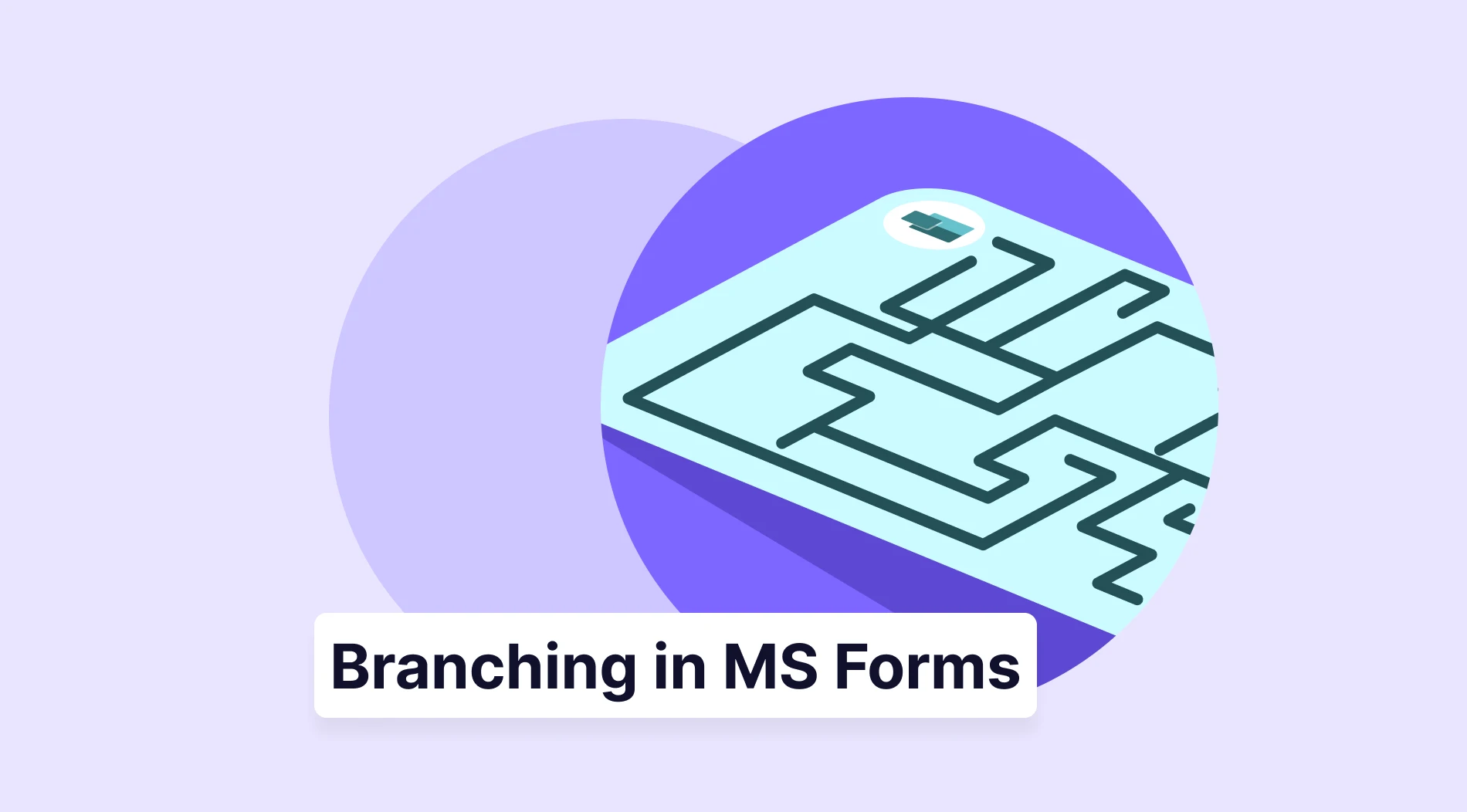Branding has become very important in today's business world. The success of a brand is based on more than just the quality of the product or service. It is more about the value offered to consumers. Therefore, developing an effective branding strategy is critical for a business to survive in a highly competitive business world.
If you want to learn the benefits of branding and draw a path for your business, you are in the right place. Check out our 50+ branding statistics to get ideas and see why branding is a crucial concept today. You will also read about branding awareness and how to increase it. Without further ado, let's move on to our article.
What is brand awareness?
Brand awareness is a marketing term that refers to how well the target audience knows the brand and the product.
Brand awareness enables consumers to associate a brand with a product or service. It also means that the target audience is generally familiar with the brand. Brand awareness shapes consumers' shopping preferences and increases customer loyalty in the long run.
The success of a brand depends on how popular and recognizable it is among customers. With strong brand awareness, you can ensure your brand has a positive place in the target audience. This way, you can stand out among your competitors and increase your sales. People who recognize and trust a brand are more likely to prefer it.
How to increase brand awareness
Consumers are more likely to buy a product from a familiar brand rather than an unfamiliar one. Companies' use of advertising and marketing strategies that increase brand awareness among consumers leads to increased brand sales. Besides enabling positive customer service, brand awareness also positively affects your potential employees. Some of the key strategies to increase brand awareness are:
- Ensuring consistency in your brand
- Including associations that will create brand awareness in your products
- Giving back to the community and your environment
- Making sure your brand is recognizable
- Giving importance to the correct use of social media platforms
- Using logos and advertising slogans
You can also ensure brand awareness for your business by using the strategies we mentioned above. By analyzing all the essential branding statistics we shared with you below and checking out our brand awareness survey, you can find new ways to increase brand awareness. Now that you've seen how to increase brand awareness see the highlighted statistics about branding:
Highlighted statistics about branding
Whether you are an entrepreneur chasing your dreams or a business owner trying to move your business forward, the proper branding will determine your success. The decisions you make about branding will put you ahead. However, examining the brand statistics before deciding on this topic will help you make the right decisions. Here are the highlighted statistics:

Highlighted statistics about branding
- 59% of consumers decide whether or not to like a brand immediately following their first purchase or the start of their service (Invesp).
- Poor branding and logo design result in 10% higher salary costs for the company (Website Planet).
- 77% of marketers believe branding is essential to future growth (Medium).
- Business-to-business (B2B) advertising expenditures in the US increased to 32 billion dollars in 2022 from 28.9 billion dollars the year before (Statista).
- Approximately 80% of consumers need to trust a brand in order to buy from it (Endelman).
- People establish an impression of your brand in an average of just 7 seconds, but it takes 5 to 7 impressions for them to recognize your logo (Crowdspring).
- According to a Yotpo survey, roughly 40% of consumers worldwide stated that they would need to make five or more purchases from a brand before they would regard themselves as loyal to the brand (Yotpo).
50+ Insightful branding statistics you need to know
In today's competitive market, understanding the rules of branding is one of the most critical conditions for success. You can gain a deep understanding of branding with the help of categorized statistics. Here are 50+ insightful branding statistics in different categories you need to know:
General statistics about branding
Without getting into details, general branding statistics will provide you with a broad understanding of the subject. Before moving to categorized statistics, having an overall perspective on branding will provide clarity. Here are general statistics about branding to get ideas:
1. Although 85% of organizations have brand guidelines, only 30% regularly apply them (Marq).
2. A strong employer brand can result in a 50% rise in the number of qualified applicants (Zipdo).
3. An interesting brand story makes individuals 55% more likely to purchase the product in the future, 44% more inclined to tell others about it, and 15% more likely to purchase it right away (MarketSmiths).
4. Poor branding and logo design result in 10% higher salary costs for the company (Website Planet).
5. Only one or two colors are used in the logos of 95% of the top 100 brands to maintain consistency (Adobe Experience Cloud).
6. 77% of marketers believe branding is essential to future growth (Medium).
7. 82% of consumers who read customized content have a more favorable opinion of the brand (Demand Metric).
8. More than 70% of brand managers believe creating an audience is more crucial than converting sales (Smallbizzgenius).
9. 71% of customers who have interacted positively with a brand on social media are inclined to recommend it to their friends and family (Lyfe Marketing).
10. 64% of consumers say they have stopped purchasing a brand after learning about the company's mistreatment of its employees (Careerarc).
11. 96% of businesses believe that an employer brand and image may increase revenue (Zipdo).
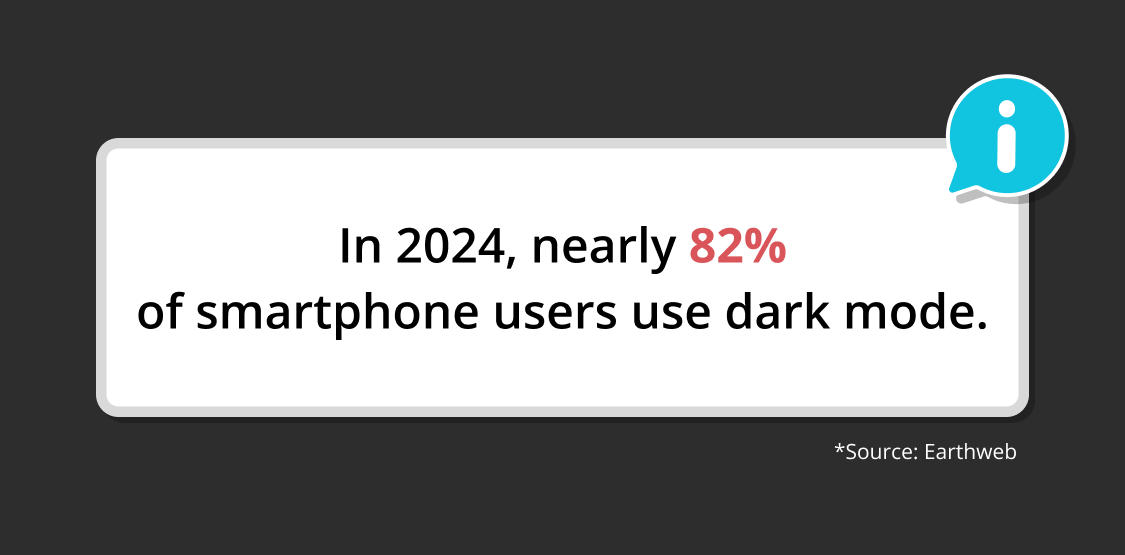
Source: Demand Metric
B2B branding statistics
B2B (business-to-business) branding allows businesses to create a strong brand identity and make a difference in the market. It focuses on products and solutions for other companies. B2B marketing strengthens the positive customer experience and increases your sales. Check out these B2B branding statistics:
12. Business-to-business (B2B) advertising expenditures in the US increased to 32 billion dollars in 2022 from 28.9 billion dollars the year before (Statista).
13. In a 2015 survey, 89% of B2B marketers stated that brand awareness was the most crucial objective, followed by lead generation and sales (Content Marketing Institute).
14. 61% of B2B buyers said they depend more on peer recommendations and review websites in their purchase process (Marketing Charts).
15. The coronavirus outbreak's effects caused the business to fall drastically, reaching 3.9 billion dollars in 2020. Even if it continues to rise in the upcoming years, it is not expected to return to pre-pandemic levels until 2027 (Statista).
16. 52% of B2B consumers think they are more likely to purchase from a brand after reading its content (Marketing Charts).
17. Of B2B marketers, 74% set goals, and only 1% consistently achieve them (CoSchedule).
18. Unlike consumer brands, buyers have a stronger sense of personal connection with their B2B brands (LinkedIn).
19. In the United States, B2B advertising spending is expected to reach around 37.7 billion dollars by 2024 (Statista).
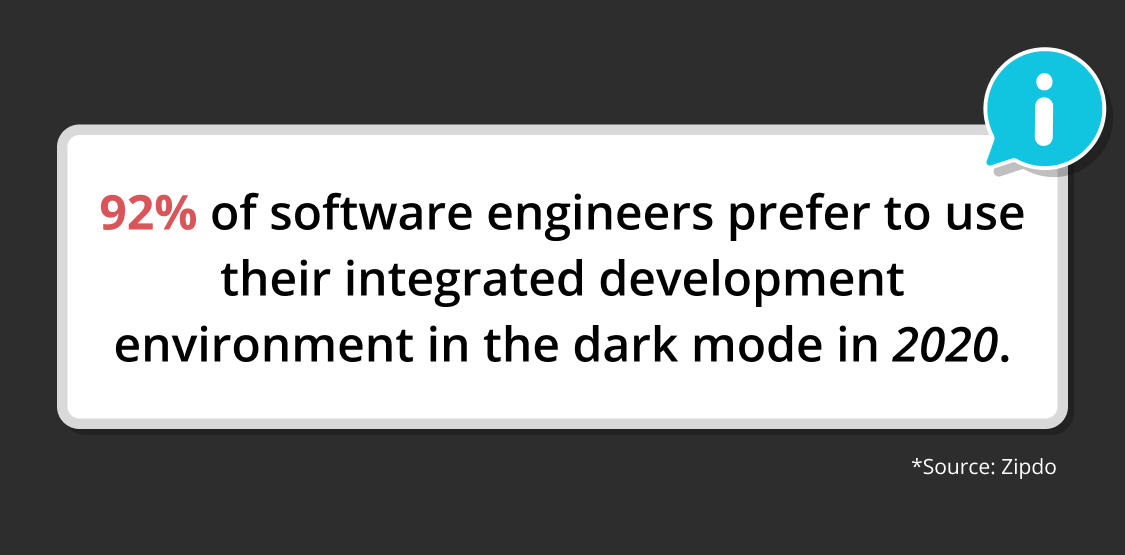
Source: CoSchedule
Branding and customer trust statistics
Brand impressions and customer trust are important complementary concepts. A company gains customer trust through branding. A strong brand identity conveys to customers that the company is reliable and builds trust. Here are some brand reputation statistics and customer trust statistics:
20. According to an Invesp survey, 64% of participants would open an email just because they trust the brand (Invesp).
21. 84% of Yotpo survey participants agree that they are more likely to purchase a brand whose values coincide with theirs (Yotpo).
22. 59% of consumers said they prefer to purchase from well-known brands (Website Planet).
23. When choosing which brands to like and support, 90% of customers say authenticity matters, and 83% of marketers concur that authenticity is critical to their brands (Business Wire).
24. 59% of consumers decide whether or not to like a brand immediately following their first purchase or the start of their service (Invesp).
25. A Salsify survey from 2022 stated that 47% of American, 46% of British, 44% of French, and 30% of German consumers said they would pay more for a trusted brand name (Salsify).
26. Consumers claim to spend between 20% and 40% more on brands that communicate with them on social media (Lyfe Marketing).
27. In 2022, 40% of the people from the United States boycotted a brand because of its careless actions (Invesp).
28. While only 29% of marketers believe that delivering personalized customer experiences is a major priority in 2019, 67% of customers believe that personalized brand experiences are essential (Business Wire).
29. Approximately 80% of consumers need to trust a brand in order to buy from it (Endelman).
30. 71% of customers are unlikely to purchase from a company they no longer trust (NerdWallet).
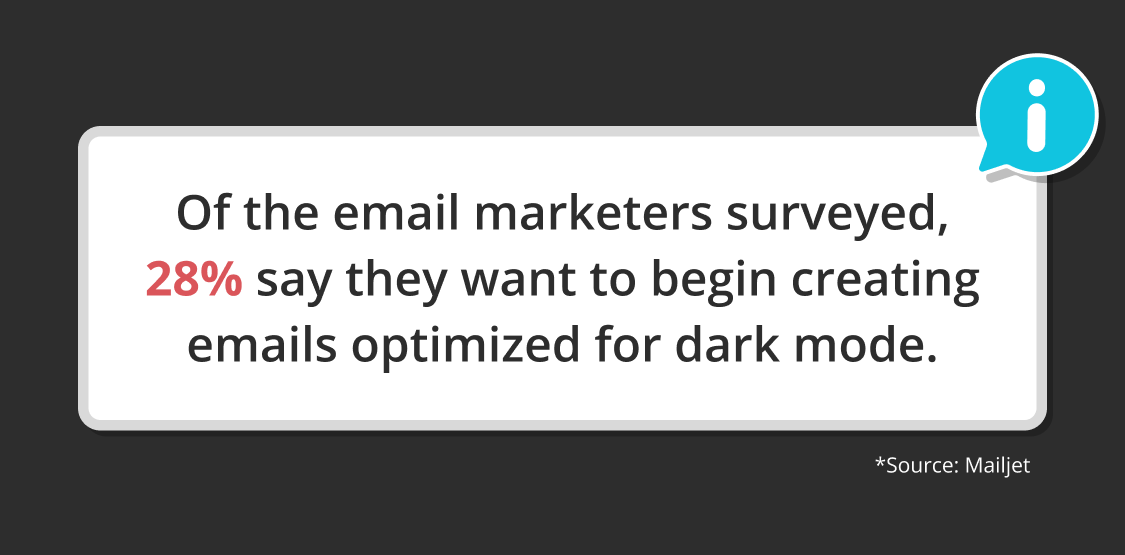
Source: Invesp
Customer loyalty statistics
Having loyal customers is one of the most important factors for the future of a brand. Having loyal customers means that those customers buy from the brand regularly and also recommend the brand to others. Check out these brand loyalty statistics:
31. According to a Yotpo survey, roughly 40% of consumers worldwide stated that they would need to make five or more purchases from a brand before they would regard themselves as loyal to the brand (Yotpo).
32. A study carried out in October and November of 2022 found that approximately 83% of participants regarded providing good customer service as a significant or extremely significant factor in building brand loyalty (Statista).
33. Approximately 70% of consumers are likely to post on social media after positively interacting with a brand (Tint).
34. For 80% of consumers, being loyal to a brand means tending to buy from the same brand, 47% recommend brands to others, and 43% are proud to be associated with the brand (Yotpo).
35. 60% of Millennials anticipate a consistent branding experience (Website Planet).
36. A February 2023 survey in the United States revealed that 30% of Gen Z customers were loyal to brands that put the environment first (Statista).
37. Almost 50% of consumers are more likely to become loyal to a brand after their first purchase or interaction (Crowdspring).
38. According to a survey conducted in the United States, nearly 60% of respondents value quality, and 70% value providing the best value for the consumer budget when it comes to being loyal to a brand (Statista).
39. 76% of customers think that brands should prioritize customer service and quickly respond to their issues, and 69% of them anticipate hearing back from brands the same day they contact them (Sprout Social).
40. In a May 2022 survey, 50% of United States consumers said they would be loyal to a brand or business by telling their friends and relatives about it. About 48% of the participants suggested demonstrating their brand loyalty by joining a loyalty program (Statista).
41. 68% of consumers are willing to provide data to the brands they love in exchange for personalized loyalty experiences and benefits (Yotpo).
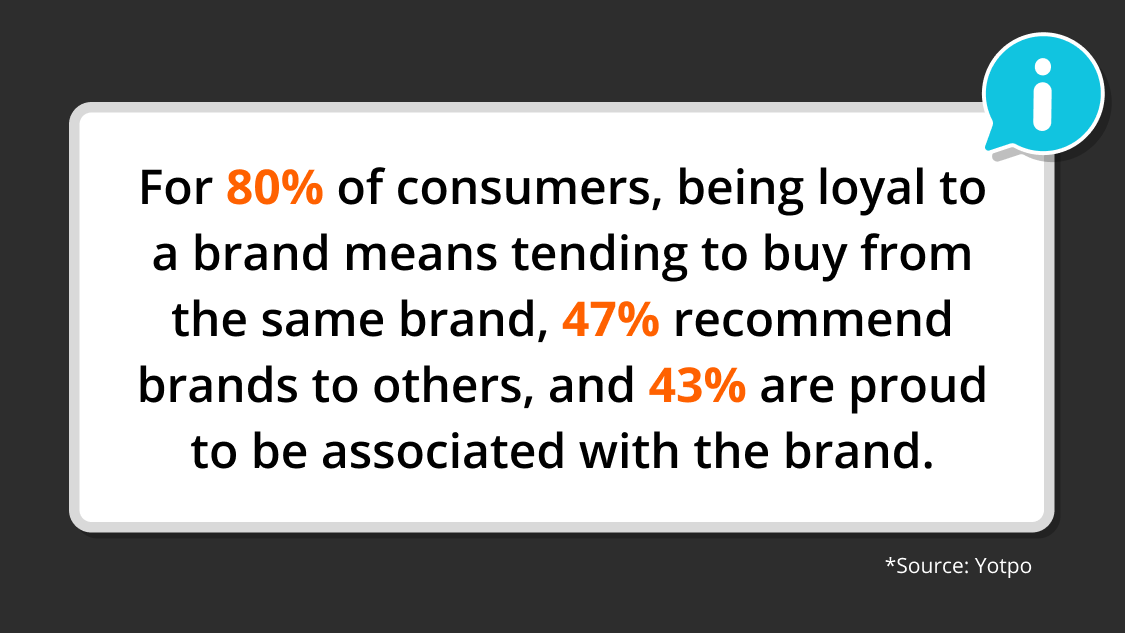
Source: Yotpo
Brand awareness statistics
Brand awareness is essential for potential customers to choose you. For your business to grow and succeed, people need to recognize your brand and have reasons to select it. People tend to purchase from their favorite brands that they have an emotional connection with. You can compare and learn about the topic by reading brand experience statistics about brand awareness. Let's move on to brand awareness statistics:
42. According to 84% of B2B marketers, brand awareness is a key goal for their company (Website Planet).
43. A brand's consistent presentation might result in a 23% increase in sales (Website Planet).
44. A signature color enhances brand awareness by 80% (LinkedIn).
45. People establish an impression of your brand in an average of just 7 seconds, but it takes 5 to 7 impressions for them to recognize your logo (Crowdspring).
46. Compared to other forms of media that brands create, social media content has nearly three times more chance of being engaged by consumers (Tint).
47. According to 51% of consumers, responding to comments on social media is the most memorable thing a brand can do (Sprout Social).
48. Brands that are presented consistently have a 3.5 times higher chance of having outstanding brand visibility than brands with an inconsistent presentation (Demand Metric).
49. Brands with higher emotional intensity generate three times as much word-of-mouth (WOM) as brands with lower emotional intensity (Invesp).
50. Customers are 2.5 times more likely to go for a well-known brand than a less-known rival (AIContentfy).
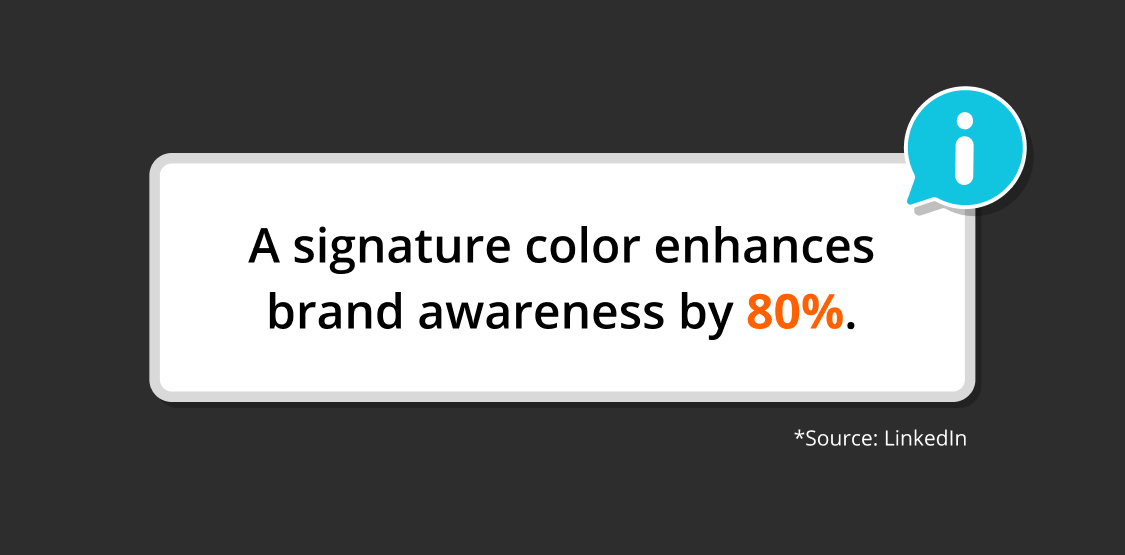
Source: LinkedIn
Conclusion
Branding is a crucial part of business. It is a must for people to recognize your work and products. In our article, you have seen some valuable information about branding through statistics in different categories. You also learned about brand awareness and how to increase it.
By analyzing 50+ branding statistics, you can see how far branding can take your business. Our article will help you manage this process correctly. Now you have seen everything important about the topic. These statistics will help you understand the subject, develop strategies, and accomplish your goals!
forms.app, your free form builder
- Unlimited views
- Unlimited questions
- Unlimited notifications
